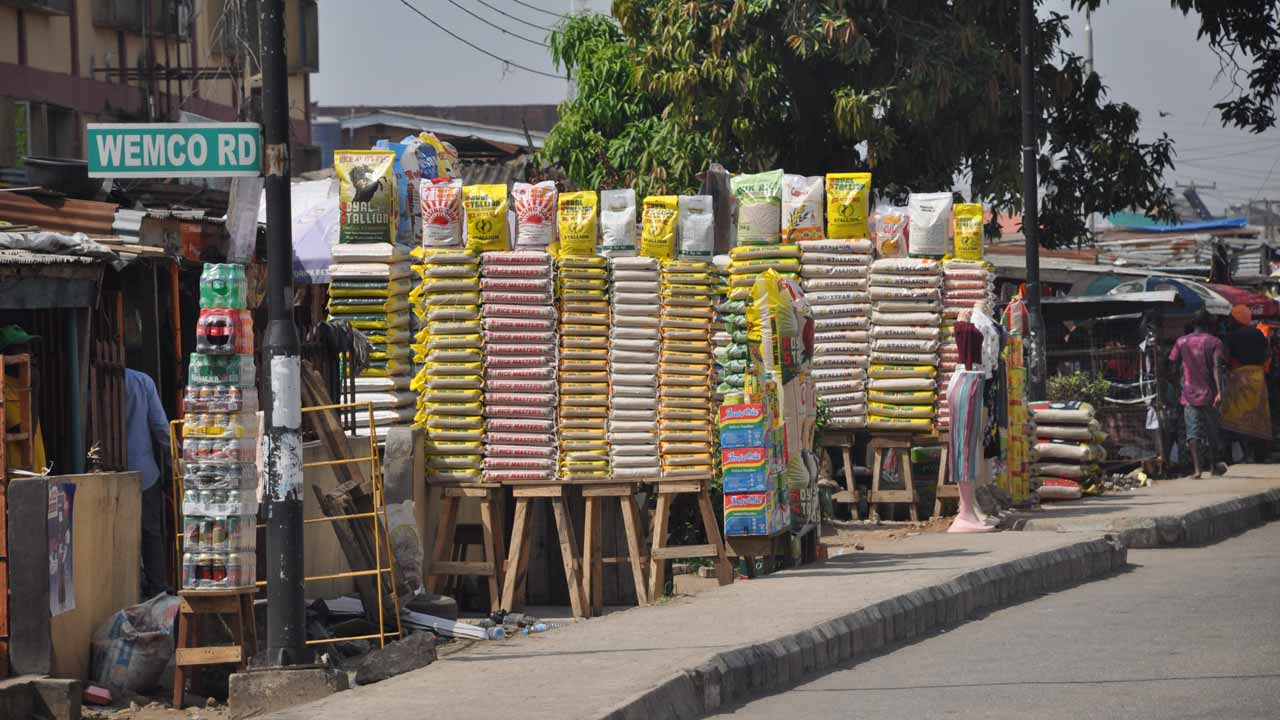Posted on Jan 29, 2020
ncreased production and capacity utilisation by rice millers across the country, may have boosted Nigeria’s quest to commence exportation of Rice by 2022.
The development comes against the backdrop of the land border closure, which gingered many rice milling factories to increase local rice production to meet rising demand for the staple food.
The border closure also attracted new entrants into the rice value chain, and encouraged by backward integration, which enhance their income from the sale of the product.
The Minister of Agriculture and Rural Development, Sabo Nanono, during a working visit to Nestle Nigeria PLC’s Office in Lagos, yesterday, noted that the country’s land border closure has resulted in increased outputs by many rice milling plants, which were hitherto operating below capacity.
He said: “Before the closure of our land border, most of these rice milling plants were partially operating, but now, they not only operate in full capacity, but are also expanding. If we maintain the momentum in the next two years, we may export rice to other countries.”
Nigeria had for a long time struggled to meet domestic demand for rice, while also earning some income from the produce through export in line with the government’s economic diversification efforts through agriculture.
But offshore trade in the produce according to report from the World Data Atlas, has been on a nose-dive since 2006, when the country earned its highest income of $838,000, and continued southward until nothing in 2012, before it picked up again in 2013 with $89,000, and rose tremendously by about 408 per cent to $452,000, 2014.
However, the downturn continued again, as income fell by about 16 per cent to $380,000 in 2015, and plummeted by a whopping 93.16 per cent to a mere $26,000 in 2016, with a further crash to just $10,000 in 2017, despite the launch of the Central Bank of Nigeria (CBN’s) Anchor Borrowers’ Programme (ABP) by President Muhammadu Buhari in November 2015.
Efforts were thereafter intensified through the ABP and many other intervention policies that raised the hope for future export of Nigerian rice, including the border closure to check the smuggling of rice to neighbouring countries without deriving the requisite accruable incomes.
To underscore his optimism Nanono noted that he was initially worried that there was not enough paddy production, but later discovered that most producers had stocked rice for the next six months, signifying that farmers are prepared for all year round farming.
He explained that it is only in three months from November to January, that rice is not being grown in Nigeria, because “We cultivate rice in a nine-month cycle; probably as we move on the cycle will widen, so we do not have a problem with rice processing.
